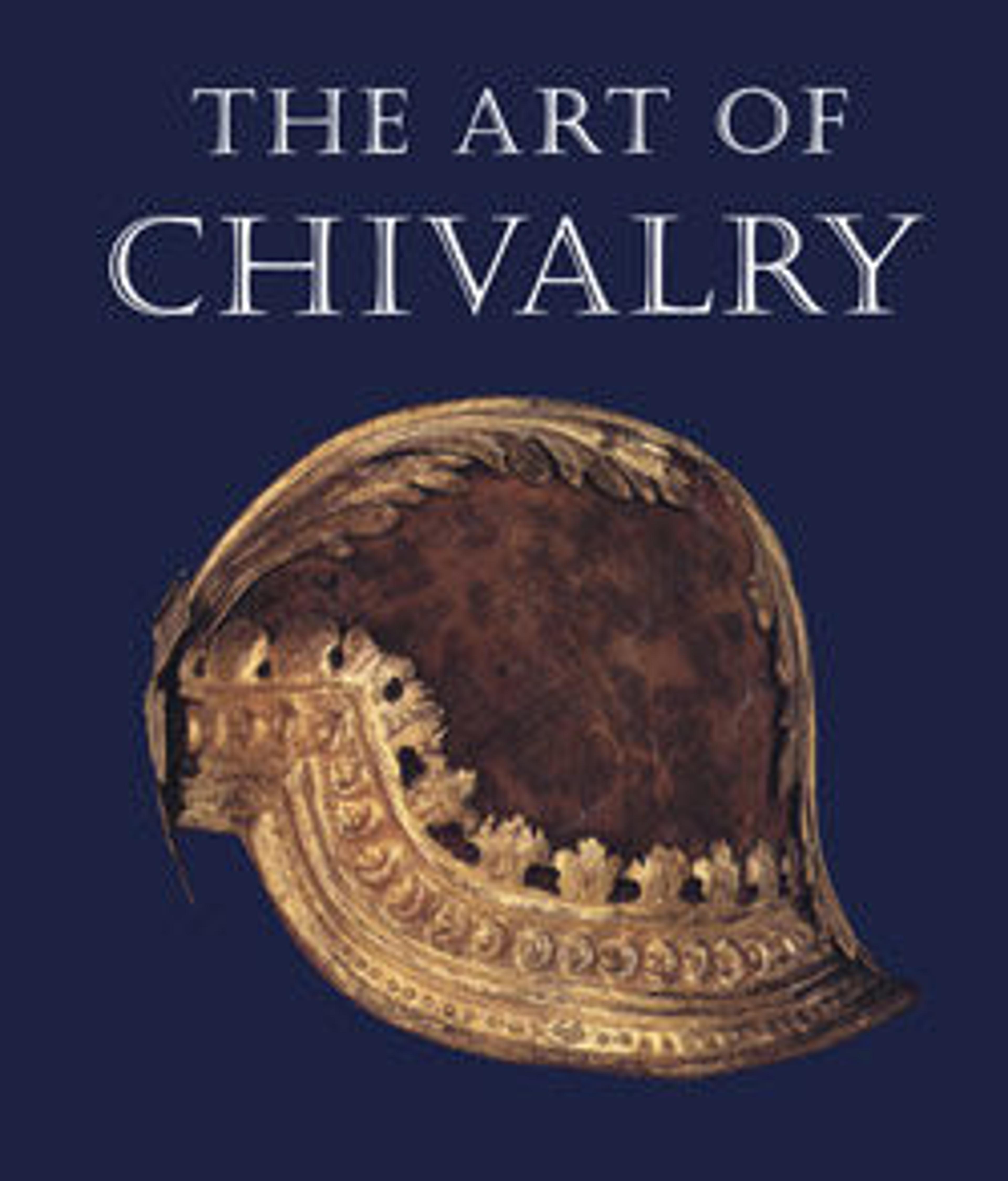Rapier
The rapier was the principal civilian sidearm throughout the sixteenth and seventeenth centuries. Designed for cut-and-thrust fencing of progressively complex techniques, the rapier is characterized by a double-edged blade with an acute point and an elaborate guard for the hand. The guards, usually of iron or steel, were subject to a variety of embellishment. They were engraved, chiseled, gilded, damascened, and encrusted in gold and silver in keeping with fashionable styles.
Unless otherwise noted, the materials, attributions, and dating given here refer to the hilts. Rapier blades, invariably of steel, bear a variety of maker’s marks denoting their origin in the two principal centers of blademaking, Toledo in Spain and Solingen in Germany.
Unless otherwise noted, the materials, attributions, and dating given here refer to the hilts. Rapier blades, invariably of steel, bear a variety of maker’s marks denoting their origin in the two principal centers of blademaking, Toledo in Spain and Solingen in Germany.
Artwork Details
- Title:Rapier
- Date:ca. 1550–60
- Culture:Italian
- Medium:Steel, iron, wood
- Dimensions:L. 43 1/4 in. (109.9 cm); L. of blade 37 in. (94 cm); Wt. 2 lb. 6 oz. (1077.3 g)
- Classification:Swords
- Credit Line:Gift of William H. Riggs, 1913
- Object Number:14.25.987
- Curatorial Department: Arms and Armor
More Artwork
Research Resources
The Met provides unparalleled resources for research and welcomes an international community of students and scholars. The Met's Open Access API is where creators and researchers can connect to the The Met collection. Open Access data and public domain images are available for unrestricted commercial and noncommercial use without permission or fee.
To request images under copyright and other restrictions, please use this Image Request form.
Feedback
We continue to research and examine historical and cultural context for objects in The Met collection. If you have comments or questions about this object record, please contact us using the form below. The Museum looks forward to receiving your comments.
